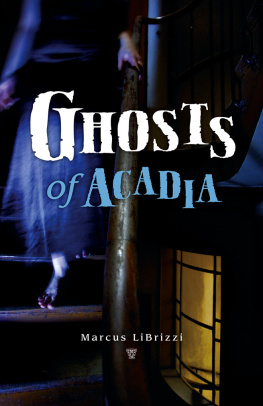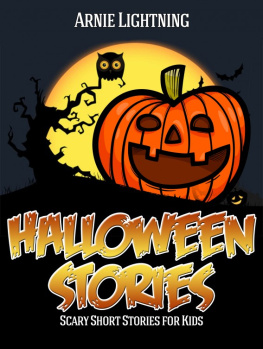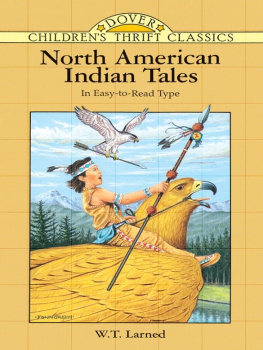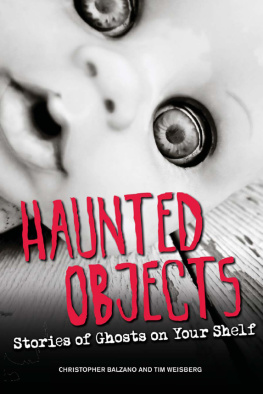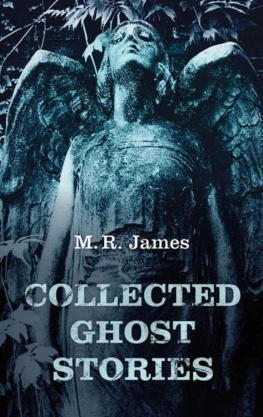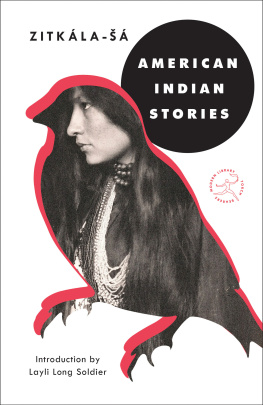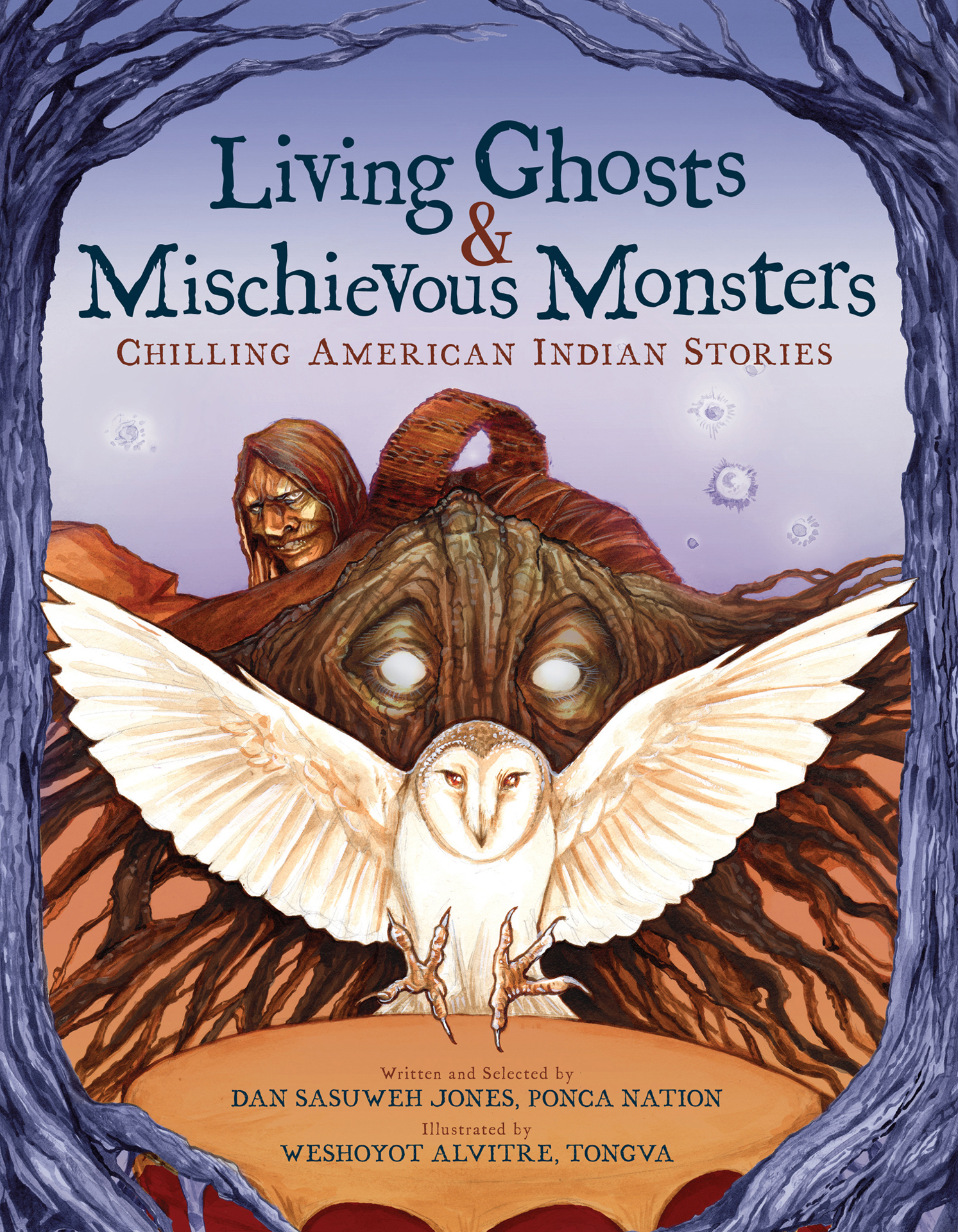Dreamscape
The hour is late,
the night is long, and it is cold,
the trail is long, and it is old.
Stories kept and stories lost,
once you read a story that filled you with hope,
and read one that filled you with loss.
But it was that one about ghosts,
that you remember the most!
Who are they and from where did they come?
Are they as old as us, are they as wise, are they even the same?
Are they the truth, or are they a lie?
Why is it that the one about ghosts,
we remember the most?
Sleep this night, and many more, until you grow old and wise.
Forget those stories of fairies, gremlins, and trolls.
Close your eyes and sleep tonight.
All is filled with hope, fear of loss is far away
But that story of ghosts,
you will fear the most!
SASUWEH, PONCANATION, 2020

G host stories were a big part of my life growing up as an American Indian. As a young member of the Ponca Nation of Oklahoma, I spent many evenings listening to our tribal elders tell us chilling tales. When I was older, I traveled across the country to collect stories from other tribes. Until then, I did not realize that ghost stories are held as deeply in other American Indian tribes and nations as they are in mine. Many of these stories take place long ago; some are in the recent past; and many are told as if theyve just happenedbecause sometimes they have. Ghost stories are always close to us because ghosts are part of our daily world.
Not all things strange are ghosts. Stories of the unknown come in many shapes and forms that tell of unexplainablesometimes horriblethings. Some are about demons or evil spirits. Others are about inanimate objects, like glowing orbs, apparitions, or even dolls that take on the breath of life. In this book, I have divided the world of American Indian ghosts into five categories: Ghosts, Spirits, Witches, Monsters, and The Supernatural, to give a clearer, more defined picture of what you may encounterfrom an unseen noise to a hideous face to maybe something no one else has ever experienced. But let me start from the beginning.
While on summer break from the University of Colorado, instead of taking my usual trip home to Oklahoma, I accepted an invitation to stay with a friend from the Colville Indian Reservation, in Washington State. His family owned a ranch with lots of extremely beautiful land that bordered tribal lands. That provided a welcome getaway from the city. They had horses, and there were trails from their land to the tribal lands, which were filled with clean rivers, lakes, and beaver ponds. You could spend weeks there and rarely see another person. My friend and I put together a tepee and a months worth of food and headed into the wilderness. We met people living there and recorded their ghost stories. I spent the next five years crisscrossing the nation, living on American Indian lands, meeting some of the most fascinating people and collecting their stories, too.
I lived without electricity, and after dark, friends would gather for a firelit evening meal followed by a night of telling stories. I was fascinated by all the master storytellers I met. Their audience might never be over a hundred people in their life of storytelling. Yet they pass on stories that will live for centuries within their own cultures.
It soon became clear across all the regions I traveled that there was one type of common, recurring storythe ghost story. This became my umbrella term for the stories about all the things that frighten people the most: ghosts and monsters and witches and other unknown beings that live all around us.
Years later, when I began compiling my stories, they seemed to fall into categoriesnot scientific in any way; just natural. Each is a chapter in this book, and at the beginning of each chapter, I will define these different types for you and explain their importance to American Indian cultures.
I hope youll enjoy what I learned in my travels throughout Indian America. At the top of each story Ive included information so youll know where that tale came from. Youll see my byline next to my own ghost encounters, both during my travels and at home among my Ponca tribe. I have also included some ancient stories to show the differences between types of stories and cultures through time. Other stories I collected from authors today. I am deeply grateful to the storytellers I met in person and to all the other authors who contributed to this book. Some tribal cultures are not allowed to share certain ghost stories because the spirits are so real to them that saying the spirit names may endanger the storytellers and their familiesI respect that, and I did not include those stories.
Of the many stories from Indian America, this collection just scratches the surface. But the stories are real, and they have kept many young listeners awake late into the night
Dan SaSuWeh Jones


A ghost is a form of energy. In life, that energy is in the form of a person, an animal, or any other being. When that being dies, the energy takes on a new form, as a ghost. Ghosts are mostly associated with an event, usually a tragic moment when a life is lost suddenly. The heart stops beating in this world, but the sound of the beating heart remains, leaving a bit of the energy among us. The rest of the energy transfers to a spiritual plane. Generally, ghosts appear around the place of the tragic event, and they relive it repeatedly. Usually this energy is angry because it feels trapped. It is looking for a way out. Many cultures believe that ghosts are not here to harm us, while others consider them dangerous. In my experience, they have little to no physical effect on the livingunless someone hurts themselves when reacting to a ghost! Indeed, some ghosts may carry a message that can save lives or warn people of trouble. While less frequent, the ghosts of animals may also relive the tragic event that took their life. In the end, of all possible otherworldly events, ghost encounters are the least dangerous. Sometimes ghosts are confused with spiritsbut they are just one kind of spirit. And many other spirits have far more complex agendas, as well find out in Chapter Two.
My Great-Aunts Last Ten A.M. Visit
TOLD BY DAN SASUWEH JONES, PONCA
It is an old belief of the Ponca, my tribe, that after a person passes away, they come back for a last visit to all their relatives. While we may not see them, or they may appear only in our dreams, they let us know they have come.


